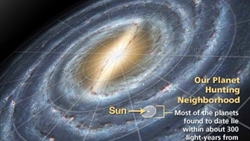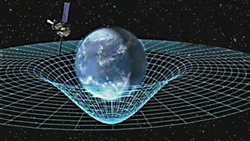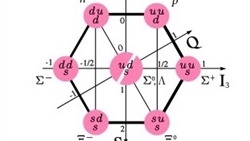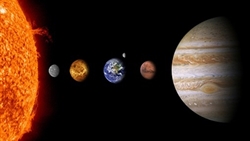
-
Rookie Scientist Column by 병아리
Rookie scientist column, the state-of-the-art concept science column that sheds new light on science with the Word!
칼럼_완결칼럼_Rookie Scientist Column

Star formation and evolution from an astronomical point of view
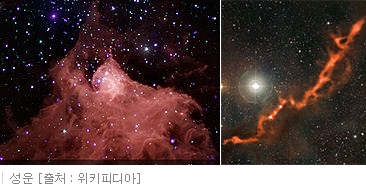
Nebula [Source: Wikipedia]
Astronomers study the process of star formation and evolution. A star is formed from a nebula, which is a mass of gas wandering in the universe. The movement of a nebula is explained through the set of equations that describe magnetohydrodynamics. Magnetohydrodynamics is literally hydrodynamic equations that consider the effect of magnetic forces. Just as magnetic fields exist on the earth, weak magnetic fields exist within nebulas. The role of magnetic fields are very important in explaining star formation and evolution.

Nebular contraction
A nebula, a gigantic mass of gas, contracts due to gravity. The more it contracts, the more the density of the gas increases and the stronger the magnetic field becomes. According to magnetohydrodynamics, gas easily moves parallel to the magnetic line of force but cannot move vertical to it. Hence, as time passes, a mass of gas becomes the shape of a disk. When you look at all the different kinds of astronomical observatory pictures of galaxies, most of the gas surrounding black holes and solar systems have the structure of a disk. This happens because of the effect of magnetic fields. One main interest of astronomers is to understand the role of magnetic fields; however, they have not been able to completely reveal the mystery of magnetic fields yet. In particular, the initial generation of magnetic fields still remains a mystery.

Accretion disk [Source: Wikipedia]
Through the effects of gravitational and magnetic forces, a disk in orbital motion is formed. Within the early stages of star formation, a protostar is formed at the center of the disk. Next, the mass of diffused material is slowly concentrated towards the center while circling around the disk, and the protostar grows while gradually gaining mass. In astronomical terms, this rotating disk is called the accretion disk.
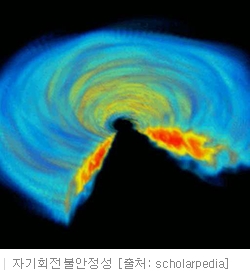
However, astronomers question the length of time it takes for a star to form. In the 1940’s, through the basic laws of physics, they attempted to explain, for the first time, the process in which gas around an accretion disk concentrates towards the center. They postulated that the spinning gas is concentrated towards the center of the disk as the disk itself loses its energy due to viscosity, which is a type of frictional force. However, this explanation results in a contradiction because it takes an enormous amount of time, approximately the age of the entire universe, for one star to be formed.
(Photo: Magnetorotational instability [Source: scholarpedia])
What happens in an accretion disk has remained a mystery for a long time. However, the mystery started to unravel from the hypothesis raised by Balbus and Hawley. They focused on the magnetic field that existed within the accretion disk. Through computer simulations, they discovered that a whirlpool of warm currents, caused by magneto-rotational instability, catalyzed the condensation of the rotating disk. In the field of astronomy, this theory has remained as the accepted theory until now.
A star’s extinction

When a star is formed in this way, it generates heat and light through the nuclear fusion of hydrogen, and according to the stages of a star’s evolution, the star causes a nuclear fusion reaction with heavier elements. The nuclear fusion reaction is the reaction in which light elements aggregate and become heavy elements, and this reaction emits a tremendous amount of energy. This is a kind of atomic energy and is about one million times more powerful than chemical energy. However, in the end, even a star that has a gigantic source of energy will eventually become extinct when time passes.
(Photo: Star’s stages of evolution [Source: Wikipedia])
- 조회수
- 10,765
- 좋아요
- 1
- 댓글
- 50
- 날짜
- 1/28/2015
